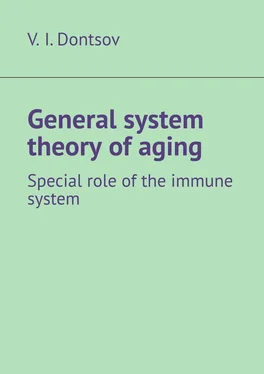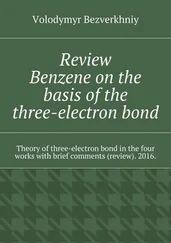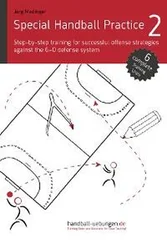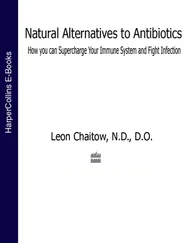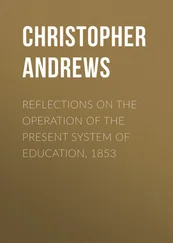General questions of the biology of aging and the specific manifestations of aging in various organisms in evolution are considered, for example, in reviews (Dean, 1988; Flatt, Schmidt, 2009; Freitas, de Magalhães, 2011; Hayflick, 2007; Hughes, 2010; Kirkwood, Melov, 2011; Masoro, Austad, 2011; Sohal, Orr, 2012; Vern et al, 2011; Walford, 1969).
The method of theoretical consideration of the issue is earlier than the experimental one, and no less important, and in some cases even the only possible way to obtain information on the most general laws, causes and essence of the phenomenon.
Gerontology studies the age dynamics of the vitality of the human body, the manifestations of aging at all hierarchical levels – from molecules and cells to organ systems and the whole organism, factors affecting viability, statistical patterns that characterize age-related changes in mortality in populations and in certain groups of the population, having certain differences related to gender, profession, ethnic characteristics, etc., as well as diagnostic methods for the aging of the whole organism and its parts and possible of life and would impact on aging with a view to slowing down and appeals.
The basis of modern scientific views on the essence of life and being in general is the doctrine of development, change, evolution, progress of all things, which, however, was known in ancient times: “Everything is in motion, everything flows, there is no rest and rest” (Heraclitus Ephesus, 480 y.).
One of the oldest explanations of the main cause of aging as a phenomenon inherent in living organisms was the study of the “life force” (Aristotle’s “entelechy”), which tends only to be wasted over time for any born organism, the beginnings of life and death. These ideas served as the basis for the development of the whole complex of theories of “wear” of the body – from Mop (1888) and Gertvig (1914), who considered that “the body wears like a machine”, to modern theories of wear their specific material substratum of this “wear” – unique genes, etc..
With the development of modern narrowly specialized science, the criticism of general notions as “idealistic” was replaced by crude materialism, which often reduces the reason, manifested as a general, to its particular specific manifestations.
Not surprisingly, as a result, all theories of aging, based on particular propositions, failed and are recognized only as a description of the mechanisms of aging, but not its root causes. It is impossible not to see the continuity between the term “life force” and the terms “vitality”, which are essential for medicine, biology and gerontology. Similarly, the dual “entelechy” corresponds to the antagonism of catabolism and anabolism, or the opposite of the systemic process of destructive aging and the opposing complex of adaptations and increase in the vitality of the organism.
Interestingly, it is the general idea of the spontaneous loss of “life-ability” that is currently the cornerstone of all scientific gerontology. This idea was, in particular, the basis of the famous B. Gomperz formula (1825), which most accurately describes the mortality of man and, apparently, of most other organisms. Gompertz also noted the similarity of curves of changes in mortality and entropy, and Perks (1932) directly wrote that “the inability to resist destruction has the same nature as energy dissipation” (that is, aging is equivalent to an increase in entropy, which serves as a measure of the disorder of any system).
The well-known biologist of aging, A. Comfort, in his famous, classic classical “Biology of Aging” (1967), explicitly states that the mysterious “entelechy” and “vitality” at the modern level of understanding can be reduced to a fairly specific, though not the real substrate – “at the present time it seems quite probable that the information contained in the cells is that” biological energy”, the existence of which was previously assumed and which was thought to be wasted with age”.
The fact that entropy for any closed system only increases in time has long been known as the most general law of Being.
Life opposes the flow of entropy, organizing a counter-flow of order, however, effective opposition is possible only if all levels of the system are updated at all levels. For this reason, life as a whole does not age but develops, but by changing all forms – organisms. The organism, being by its nature a “complete” morpho-functional object, can only grow old immediately after cessation of growth and development. This pattern was grasped by many, having formed a number of theories of aging as “continuation of development”, “end of growth and development”, “consequences of cell differentiation”, “restriction growth”, “special type of growth restriction”, etc. However, these theories lacked methodo-logical completeness – generality, which is due to the lack of an adequate language for describing general processes in general.
In biology, the whole problem of aging is closely related to a number of areas, among which traditionally stands out the theory of reversibility of life processes, which arose on the basis of the study of dedifferentiation and regeneration.
It is about the opposite (in the morphological sense) movement of the processes of development, or reduction. The experiments of L.Vudroff on the reduction of the hydra during the fasting and its new development after the fasting indirectly confirmed the possibility of directional influence on ontogenesis. The zoologist E. Schults wrote about the limitless ability of living matter to reduce and rejuvenate. In studies on the reduction of the body in experiments on planarians and other multicellular animals (1904—1908), E. Schulz believed that this would lead to the reverse development of the organism. However, in later studies of Shaksel, Driesch, Hakslee and others, it was shown that this is not quite the case.
A large series of works on rejuvenation was performed on multicellular animals with good ability to regenerate lost parts of the body. Thus, in the experiments of Korshelt (1925), periodic cutting off of a part of the body in planarians led to the regeneration of lost parts and to a 20-fold prolongation of life (from division to division). Even greater progress was achieved in experiments on unicellular animals. For example, Hartmann (1928), by means of 130 periodic amputations of the body of an amoeba, restrained her from division and thus prolonged life (without division) 65 times.
Many researchers have shown that a number of metabolic disorders and the functions of organs and systems in an aging organism are reversible, which opened the way for research on biostimulation as a separate direction in gerontology. Some preparations of cell and tissue therapy, as well as cytotoxic sera belonging to the group of biological stimulants, have high activity and the ability to slow down the aging process. In order to activate the elements of the connective tissue and the immune system, academician A.A. Bogomolets developed and introduced into the practice of medicine anti-reticular cytotoxic serum in 1938, which is successfully used to slow the aging process. Academician V.P. Filatov proposed a method for obtaining tissue therapy preparations or nonspecific biostimulants from animal and plant tissues.
Closely related to the work on biostimulation research on the effect of stress on aging. Whole theories have been developed that treat aging as “chronic stress.” However, it seems to be of greater importance here to study the mechanisms of adaptation, when stress is only one of the stages of adaptation in general. In the creation of complete theories of adaptation, an important role belongs to domestic scientists. Thus, the studies of L.Kh.Garkavi, E.K. Kvakina and M.A. Ukolova (1975, 2002), recognized in the USSR as a discovery, showed the possibility of long-term support, not activation of stress, but biostimulation. It is accompanied not only by recovery from many chronic diseases but also by obvious signs of rejuvenation. The mechanisms of these influences, the authors see in the restructuring of the body’s reactivity, and especially in improving immunity.
Читать дальше
